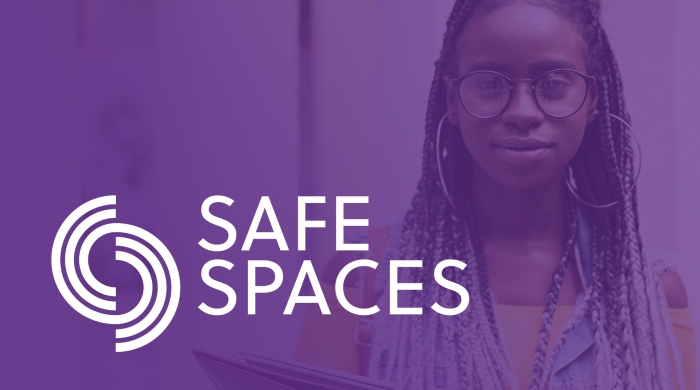
Written by Megan Granski, September 25, 2018
From the outside, a Close to Home facility could be mistaken for a family home, and yet upon walking inside, it is unmistakably a space of confinement. The NYC Close to Home Initiative, which was implemented in 2013, required that youth adjudicated as juvenile delinquents be transferred into local New York City Administration for Children’s Services (ACS) rather than state custody. As of 2013, youth in non-secure and limited secure placements (i.e., less restrictive settings) have been housed closer to their homes and families within New York City.
Research has largely focused on intervention and evaluation at the level of the system-involved youth. Therefore, there is a dearth of knowledge about the impact of Close to Home facilities, or for that matter, about child welfare settings in general, on youth wellbeing and safety.
How do barred windows effect the mental health of youth? Do posters or the color of the walls matter? For staff, does their training, job satisfaction, and beliefs about the justice system influence how they interact with youth? Are youth allowed to wear their own clothes? If so, how does this influence their wellbeing?
Little research has been conducted on these questions, or what researchers call “setting-level factors.” These factors include climate, resources, policies, and the physical characteristics of the space. Drs. Shabnam Javdani and Erin Godfrey aim to address this gap in knowledge in policy and practice through their Reducing Inequalities in Settings of Care (RISC) project, which represents the first study of setting-level factors in child welfare spaces, such as Close to Home facilities. According to Dr. Godfrey, “The goal of RISC is to ensure youth’s right to safety while they are in placement and to ultimately reduce reliance on youth confinement altogether. We do this by targeting the contexts in which staff work and youth reside to augment the degree to which they are safe and responsive. We will test whether our training model can build staff’s capacity to respond to youth’s needs in a way that promotes health and well-being for both staff and youth.”
The National Institute of Health (NIH) recently awarded Drs. Javdani and Godfrey $2.91M to evaluate and develop staff training for providers in non-secure placement facilities and providers of post-release care. Working in partnership with ACS, their research team will implement training for staff grounded in evidence-based knowledge and skills. The study will also explore whether youth outcomes are improved through pairing staff with a coach to reinforce and emphasize the skills and strategies learned in training. Additionally, the project will focus on the facilities themselves, and work to ensure the safety, health, and development of incarcerated youth.
Right now, nearly 2 million youth are incarcerated in the United States juvenile justice system. It is the responsibility of researchers and policy makers to ensure that these settings promote youths’ strengths, health, mental health and wellbeing, while ultimately working towards a reduced reliance on systems of confinement. Through embodying a setting-level approach, RISC has the potential to benefit youth across New York City who inhabit and engage with the child welfare system.


